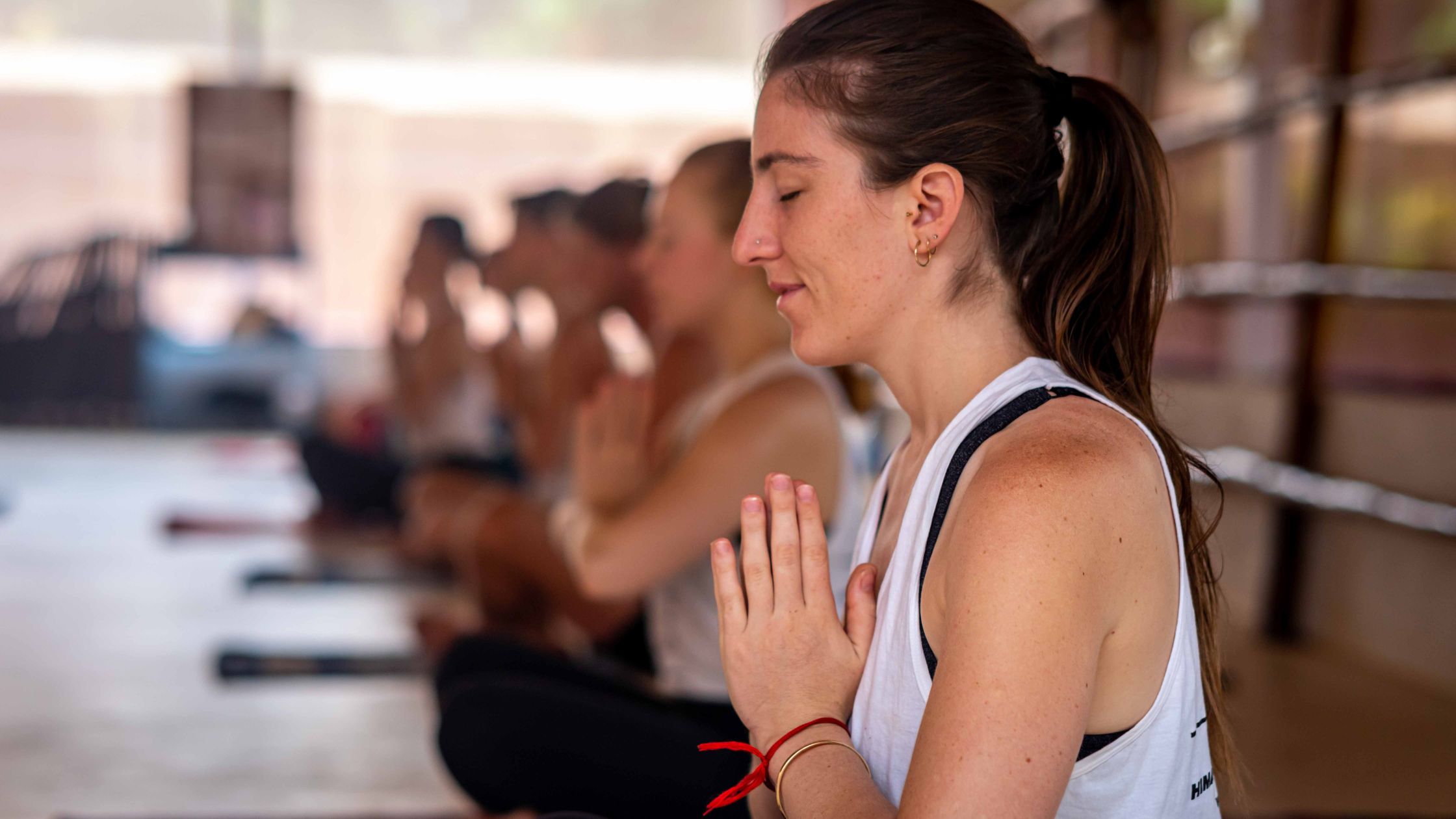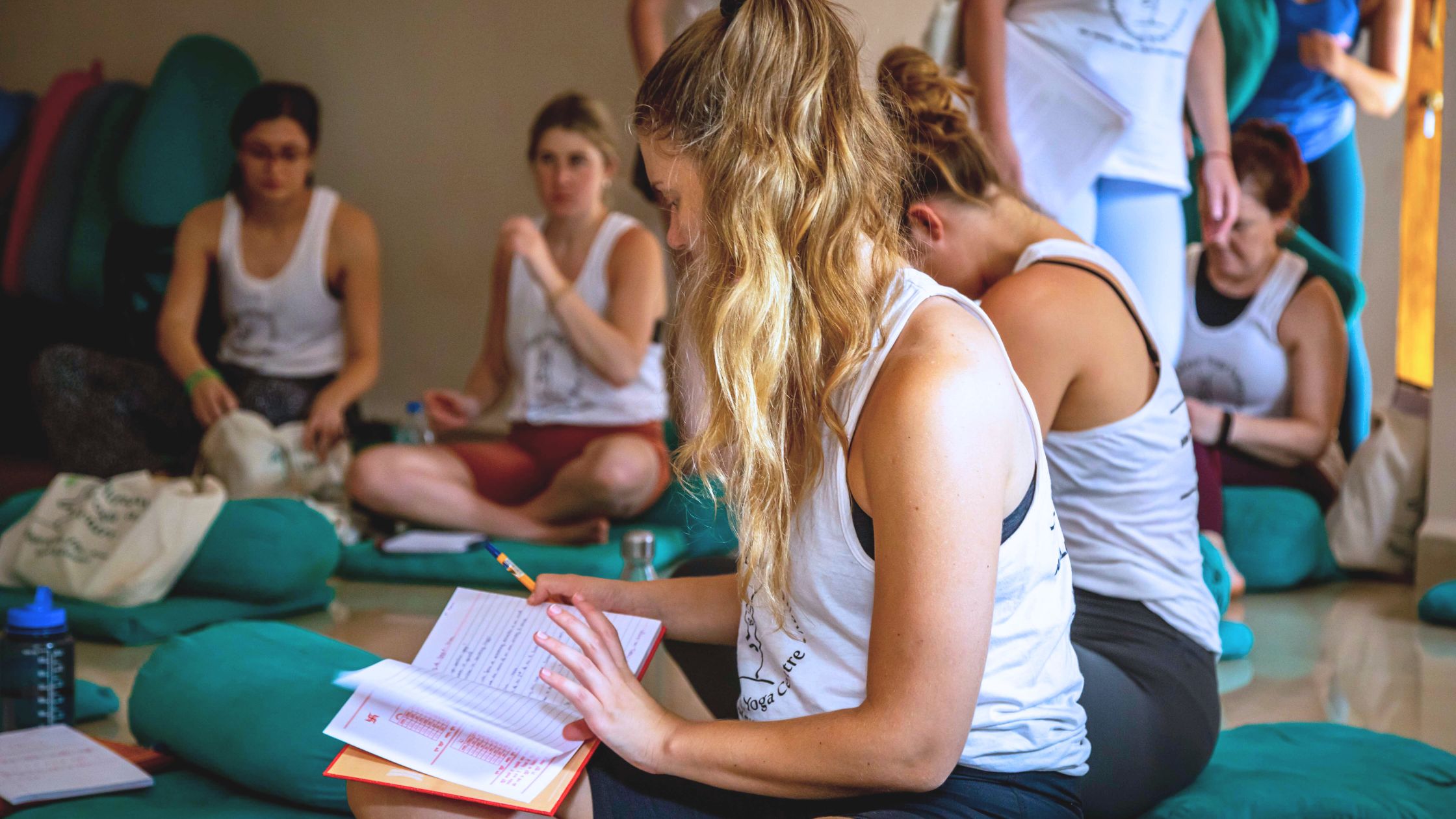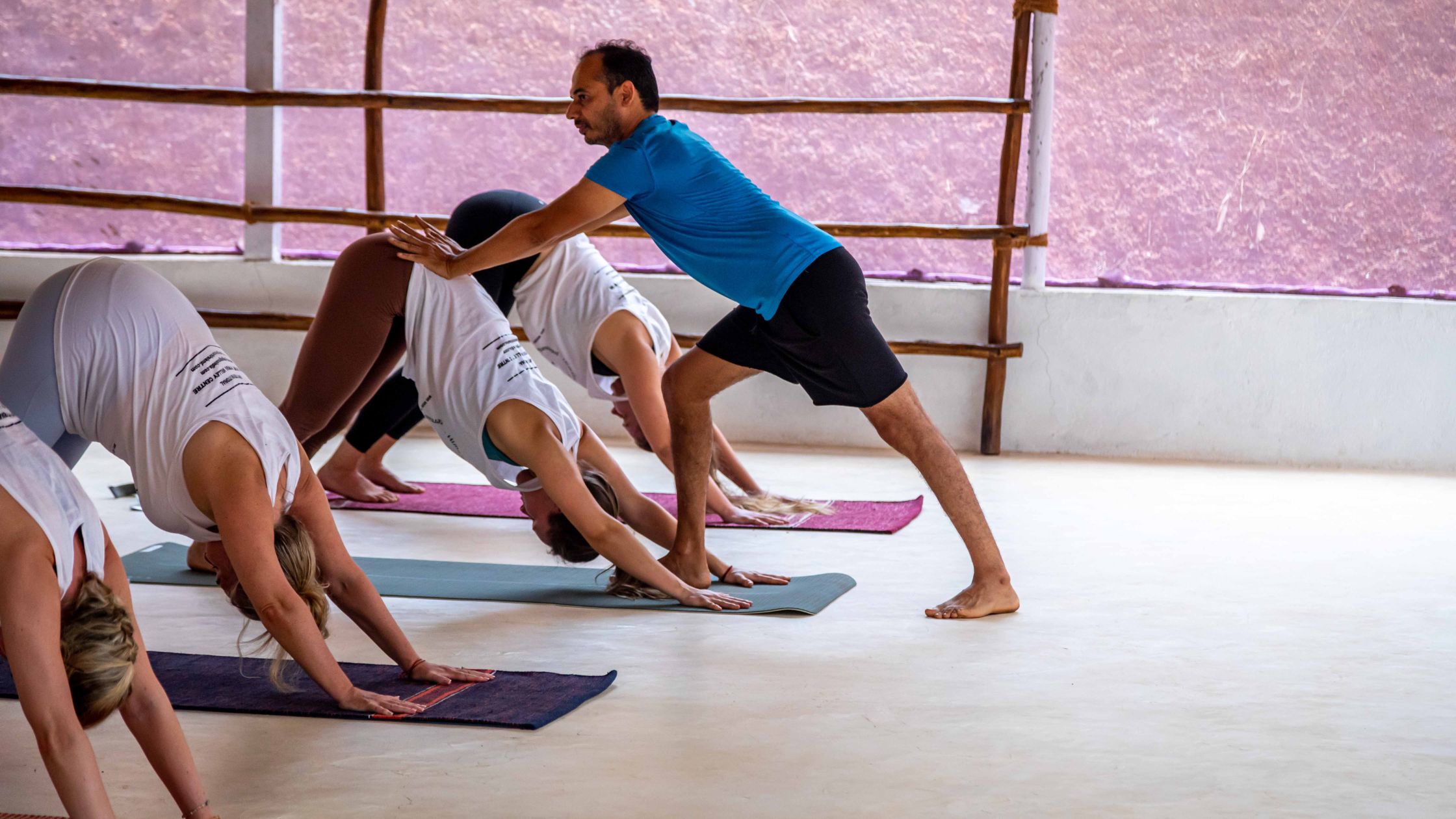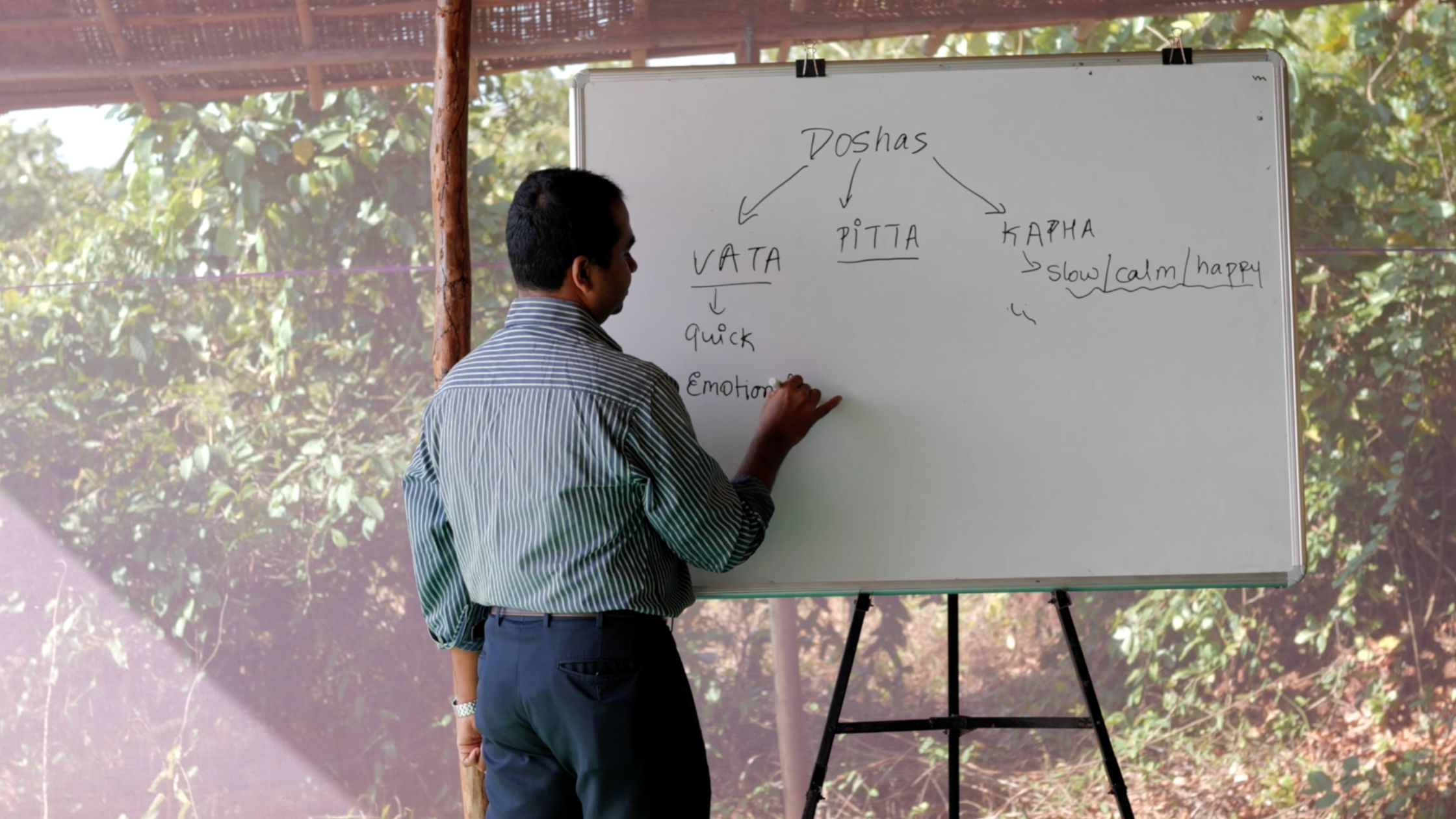
People often think of yoga as a series of flowing movements, deep breathing, and the peace that comes after Savasana. Yoga is just one part of a bigger way of living that is good for your whole body and mind. Ayurveda, India’s ancient science of life, is one of the things that goes well with yoga. Yoga and Ayurveda work together to make a whole system for taking care of the body, mind, and soul.
Whether you’re new to yoga or have been practising for a long time, learning about Ayurveda can change how you think about your health and your practice. You can do this through a 200-hour Yoga Teacher Training in Goa, Ireland, or online.

What Is Ayurveda, And How Does It Relate To Yoga?
Ayurveda, which means “the science of life,” is a 5,000-year-old system of natural medicine that started in India. Yoga aims to bring the body and mind together via movement and breathing. Ayurveda, on the other hand, gives you the lifestyle, food, and self-care habits that help this union happen.
Both of them come from the same philosophical background in the Vedic tradition. Yoga gets the mind ready for meditation and spiritual growth, while Ayurveda keeps the body in balance so that practice can expand. Ayurveda is the philosophy that tells us how to live off the mat, and yoga is the practice.

The Five Elements and Three Doshas
The three doshas are made up of the five elements: earth, water, fire, air, and ether, and their combinations.
- Vata (air + ether) is connected to movement, creativity, and being able to change.
- Pitta (fire + water) is connected to change, digestion, and desire.
- Kapha (earth + water) is connected to calm, strength, and stability.
During our 200-hour Yoga Teacher Training, students learn about the doshas and how they affect not only physical health but also the style and tempo of yoga practice that works best for each person.

Finding Out What Your Dosha Type Is
One of the best things about Ayurveda is that it helps you understand about your Prakriti, or inherent constitution.
- A person with a lot of Vata may do well with slower flows and grounding yoga methods.
- Pitta types often benefit from cooling postures and mindful pacing to avoid burnout.
- Kapha types can feel energised by invigorating sequences that stimulate circulation.
During training, students explore ways to adapt yoga practice, diet, and lifestyle according to their unique dosha. This personalised approach makes yoga more than a workout — it becomes a self-care toolkit.

Balancing Nadis, Agni, and Doshas
Both Ayurveda and yoga agree that wellness is about finding a balance.
- When Nadis (the body’s subtle energy channels) are open, prana (life force) can move freely through the body.
- Agni is the digestive fire, responsible for how we process not just food, but also thoughts and experiences.
- For the best health, Doshas need to be in balance.
Our 200-hour YTT teaches you how to use asana, pranayama, meditation, daily routines, and Ayurvedic nutrition to help these systems work together. It’s knowledge that students can use in their own lives and when they teach in the future.

Why Learn Yoga and Ayurveda in a Yoga Teacher Training?
Many yoga practitioners discover Ayurveda in books or online, but learning it in the context of a yoga teacher training allows for deeper integration. You don’t just memorise concepts — you experience them in real time, through your own practice, diet, and daily rhythm during the course.
At Himalaya Yoga Valley in Goa, Ireland, and through our Online Teacher Training, Ayurveda is part of the foundation. Students leave not only ready to teach yoga confidently, but also with the ability to share Ayurvedic principles that help their future students lead more balanced lives.
Yoga and Ayurveda: A Holistic Path for Modern Life
In a world that often pulls us in every direction, yoga and Ayurveda offer a way to come back to centre. When we combine mindful movement with lifestyle wisdom, we create a sustainable approach to health that adapts with us — through the seasons, life changes, and personal growth.
If you want to enhance your practice, learn more about your body, or start a career in yoga, you might want to try doing both yoga and Ayurveda together.


